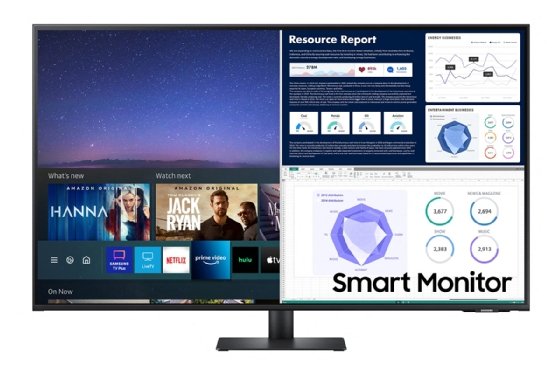HDTV (high-definition television)
What is HDTV (high-definition television)?
HDTV (high-definition television) is a television display technology that provides picture quality similar to 35 mm movies with sound quality similar to that of a compact disc. Television stations and cable TV operators regularly transmit HDTV broadcasts to users with HDTV sets today. HDTV transmits using digital signals rather than analog signals.
What is the difference between HDTV and SDTV?
HDTV and standard-definition television (SDTV) are the two categories of display formats for digital television (DTV) transmission, which is the prevalent standard today. HDTV provides a higher-quality display with a vertical resolution display from 720p to 1080i. The p stands for progressive scanning, which means that each scan includes every line for a complete picture, and the i stands for interlaced scanning, which means that each scan includes alternate lines for half a picture. This translates into a frame rate of up to 60 frames per second, twice that of conventional television.

A prominent feature of HDTV is its wider aspect ratio -- the width to height ratio of the screen -- of 16:9, a development based on research that shows a viewer's experience is enhanced by wider screens. This compares to SDTV, which has an aspect ratio of 4:3. HDTV pixel numbers range from 1 million to 2 million, compared to SDTV's range of 300,000 to 1 million. New television sets today are either Full HDTV or HDTV-Ready. Full HD transmits the signal at 1080p resolution, whereas HD-Ready displays at 720p resolution.
How is audio delivered in HDTV?
In terms of audio quality, HDTV receives, reproduces and outputs Dolby Digital 5.1.
In the United States, the Federal Communications Commission has assigned broadcast channels for DTV transmissions that support both HDTV and SDTV. In SDTV formats, DTV makes it possible to use the designated channels for multiple signals at current quality levels instead of single signals at HDTV levels, which would enable more programming with the same bandwidth usage. Commercial, cable TV and public broadcast stations are mainly delivering HDTV signals and content.
What is the HDTV standard?
HDTV uses the MPEG-2 file format and compression standard developed by the Moving Pictures Expert Group and standardized in ISO (International Organization for Standardization) 13818-1:2022, Information technology – Generic coding of moving pictures and associated audio information. Part 1 of the standard defines the transmission layer of coding for Parts 2 and 3, which define video, audio and multimedia coding protocols.
What are the advantages of HDTV?
HDTV provides a higher screen resolution and sharper image definition than SDTV. Because the signal is transmitted digitally, less bandwidth is required for the signal compared to older analog TV technologies. Audio quality is also better with HDTV than SDTV and older analog TV. The technology is widely used by broadcasting organizations, and most TV sets on the market today are compatible with HDTV technology.
Find out if 4K video resolution is really needed in the enterprise.
